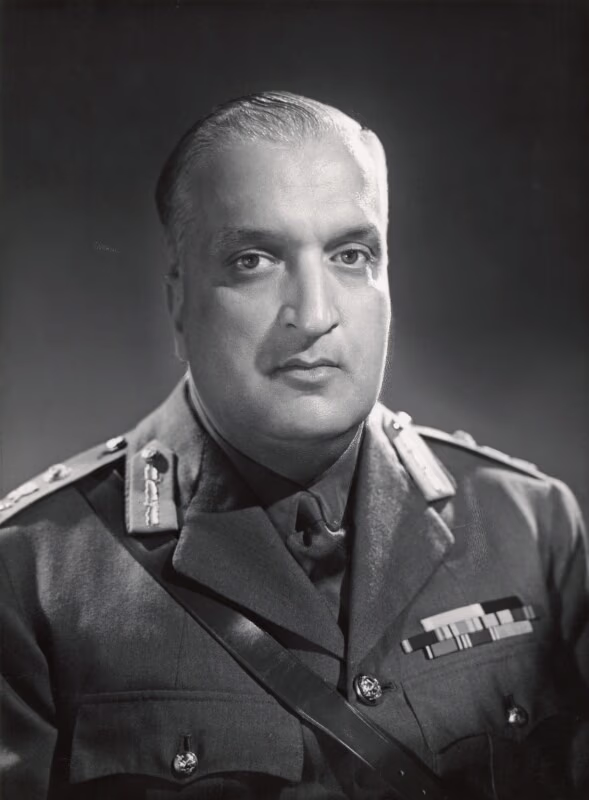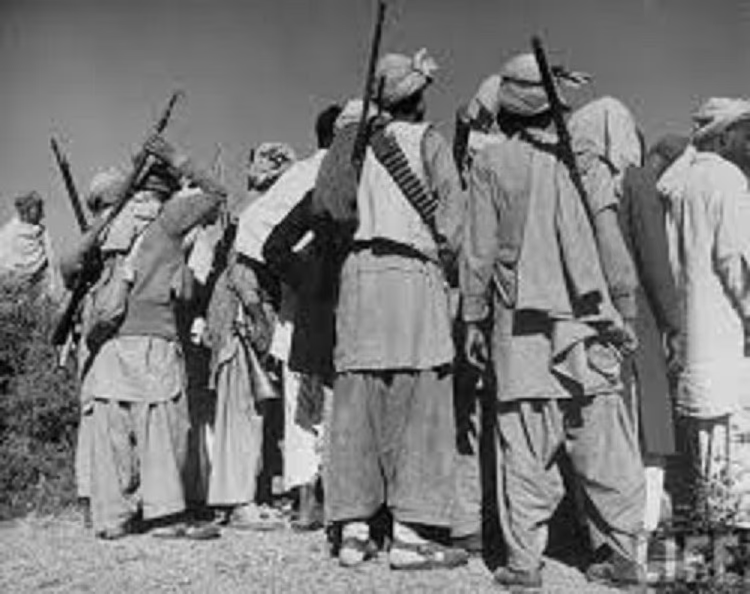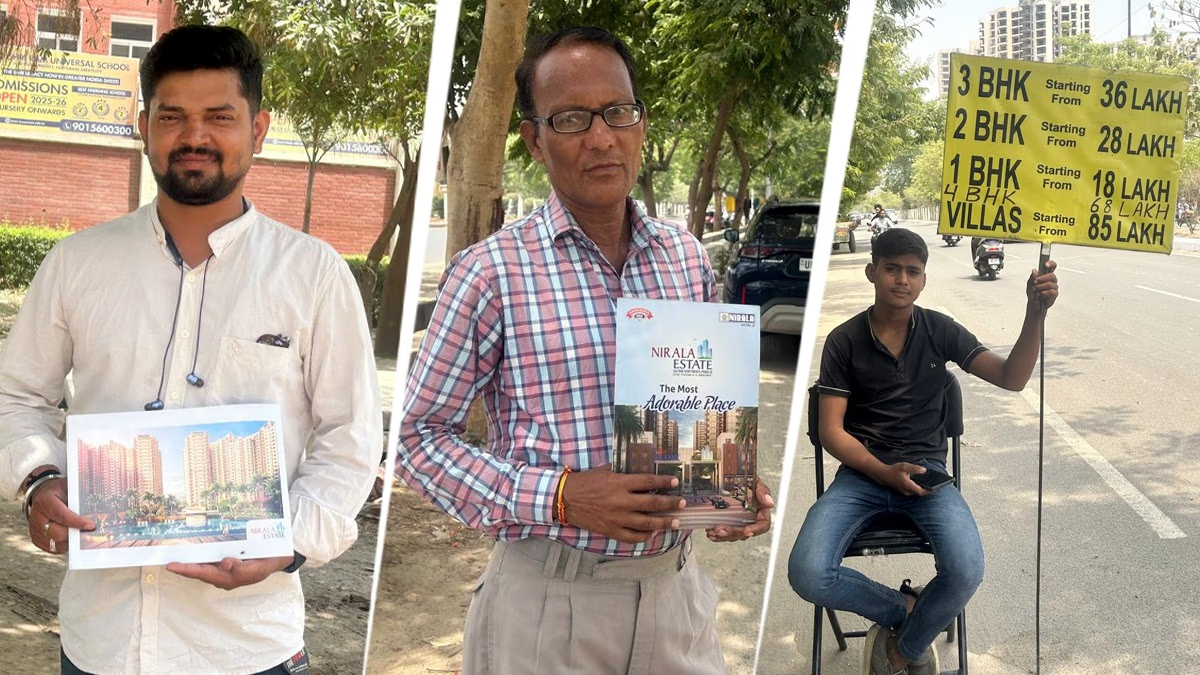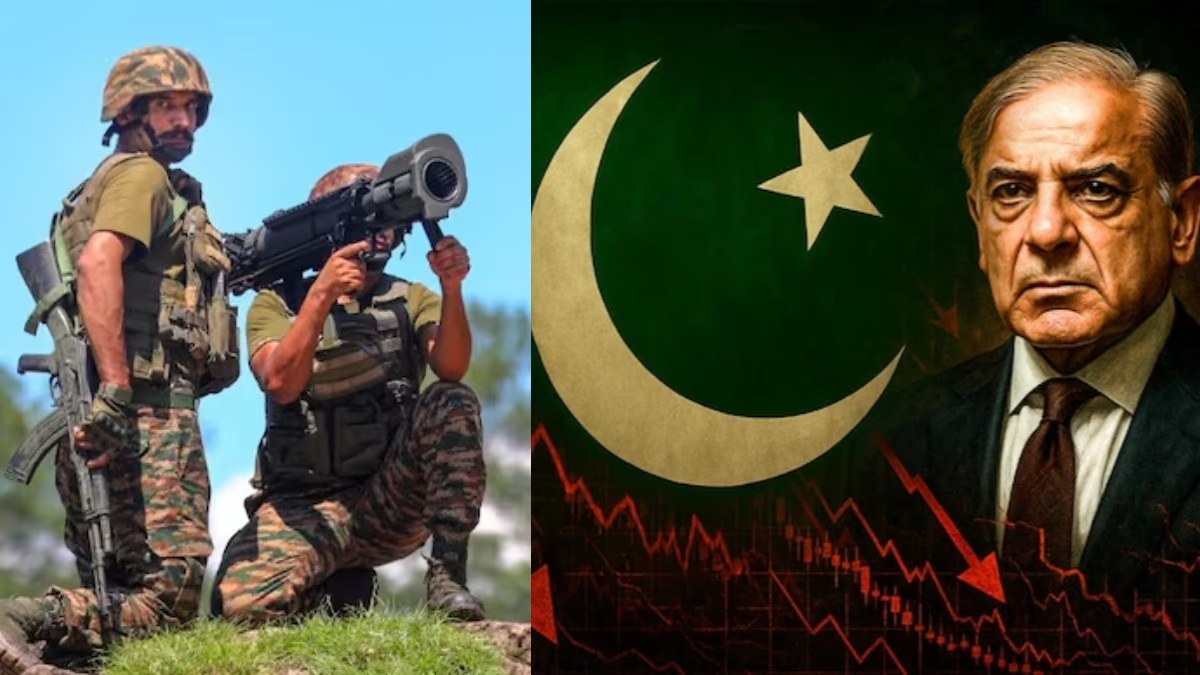Chattisinghpora, Uri, Pulwama, and now Pahalgam...
Not just city names but Pakistan's bloodstained pages of scheming to seize Kashmir, where innocent blood was shed, spotlighting their brutal reality. This vile terrorism isn’t new; Jammu-Kashmir's chronicles are rife with such accounts, painting Pakistan as a terror outfit more so than a nation, its leaders akin to terror chieftains rather than public servants.
Let’s delve into the beginnings—when did Kashmir first succumb to Pakistani terror? In 1947, post-British exit, two countries emerged: India and Pakistan, leaving over 500 princely states autonomous. Sardar Patel integrated many into India, yet Kashmir was in Maharaja Hari Singh's hands. Anathema to budding Pakistan, a Muslim-majority state by a Hindu ruler was intolerable, propelling them into conspiracy.
Then, Jammu-Kashmir was 70% Muslim, 20% Hindu, with Sikhs and others. It spanned from Jammu to Muzaffarabad.
Krishna Mehta vividly recounts the ground-shift post-August 15, 1947, in her book, sharing her tribulations during the first tribal attack on her family.

Source: aajtak
Krishna later became a Parliament member. During Independence and Partition, she was the wife of Kashmir princely state’s Wazir and today's PoK capital Muzaffarabad's District Magistrate Duni Chand Mehta. When first attacked, the tribals surrounded their official residence, occupied the city, and unleashed terror. Bravely confronting them, District Magistrate Duni Chand Mehta made the ultimate sacrifice. After lengthy captivity, Krishna and her children reached Srinagar with Red Cross aid. Her book’s details can shake anyone to the core.
In 'Attack on Kashmir', Krishna Mehta documents,
‘In July 1947, my husband Duni Chand Mehta was assigned to Muzaffarabad as Wazir-Wazarat. Previously, he served as Assistant Governor. He assumed the new role in July. A Colonel and troops were also there. I stayed back due to house guests. A month later, I joined with kids, aged 7 to 15, and my husband's niece. Our bungalow was atop a small hill, with ample space all around: a small garden, a field, and a colleague’s bungalow nearby.
Nearby were a hospital and doctor's house, a mosque, a ziarat, grassland, and dense woods. Three days post-arrival, it was Janmashtami. Fasting and settled kids mirrored our devotion. My husband was engrossed with duties and inspections alongside the Colonel, atypical troubled circumstances were never discussed at home.'
Then, events took a swift turn...
Muzaffarabad, then the most beautiful of Kashmir’s cities, connected Ebatabad and Rawalpindi, now in Pakistan. Amidst enchanting mountains, Krishnaganga river flowed through, whose nomenclature was changed to Neelam River by PoK administration. A favorite tourist spot now, Neelam Valley was then as remarkable.
Krishna Mehta notes,
‘Days elapsed uneventfully, until my husband relayed the Colonel’s suggestion: despatch children to Srinagar and join him in Doemel for better communication prospects in emergencies. But my husband declined to evacuate family while restraining the public, confirming his commitment to the masses over personal safety,’ humbling me in reverence.'
The looming storm...
On October 21st, 1947, evening, a dinner for military personnel was interrupted by rain and tardy Captain’s arrival, confiding after reconnaissance that all seemed well. Yet, that night at midnight, unrest stirred Duni Chand, waiting by his sleeping children as disquiet brewed.
The dawn stormed in...
At 5 AM, rifle blasts reverberated fiercely and I, awakening, realized an attack. Calling to him elicited a calculated reassurance of army drill. Upon witnessing bullets towards us, immediate family gathering and evasion ensued.
Quickly adjacent a police Sub-Inspector assembled 23 officers, including a Rajput Inspector, informing us of the assault’s onset.
Facing adversities,
Krishna’s compelling lines unfold, ‘The Vazeer arranged a haven at a peon’s overseer’s home. Via a winding escape and threats, we cautiously voyaged to safety, hysteria expanding as rumors painted uniform atrocities by the insurgents. Deserting homes, civilians scattered in panic, climaxed by night’s hesitating refuge demand from shelter facilitators due to insurgents overtaking.
Dangerous paths and people reinforced fears of what the night or next day might hold. One Muslim farmer harbored us briefly and outcry over even acknowledging aid epitomized paralyzing fear. Hospital staff attempted warning means but were curtailed as insurgents wreaked havoc throughout.
Facing ruthless invaders,
survivors’ courage prevailed in dire escapes. Community purges persisted around us as stories of protective fire and vanishing souls reluctantly corroborated fiercest defenses.'

Source: aajtak
Throughout the ordeal, Krishna narrates, ‘Amid savagery, compassion occasionally glimmered, yet entrenched terror cloaked paths. Girlhood recollections fend defiance and narrative livelihoods slipping amidst the phantasmal violence, confronting scarcities and possessions sacrificed.'
Despite pervasive challenges, Krishna's resilience guided through despair. ‘Announcing her end, the curtain rose with divine peace; acumen in adaptability, insisted Krishna amidst adversities.'
Subsequent chronicles expand as abducted identities dimmed, while vignettes found their final grounding amidst sacred allegiance’s gamble, amidst symbolic strength echoing modern afflictions.
Ultimately, emboldened accounts escalate under Krishna’s vigilant penmanship over forthcoming conspires unraveling regional strife-laden vibrance. Cascade developments mirror grand elucidations projecting tomorrows...




